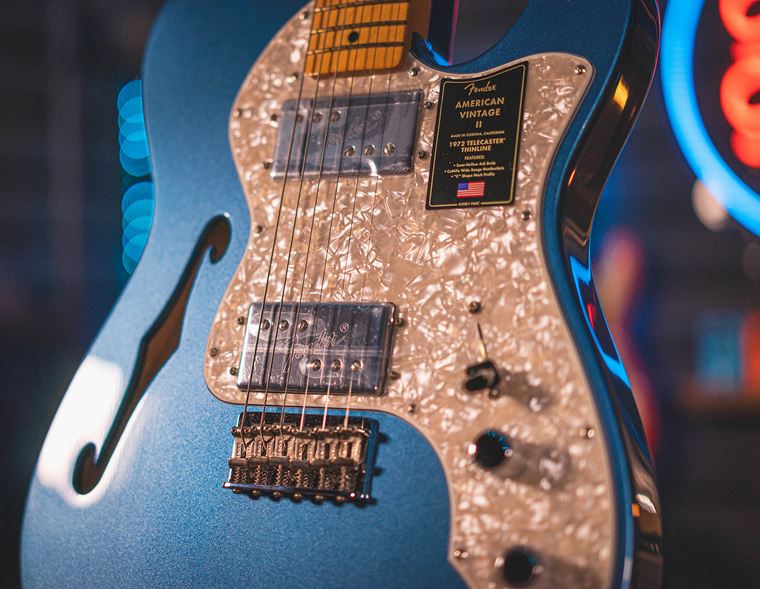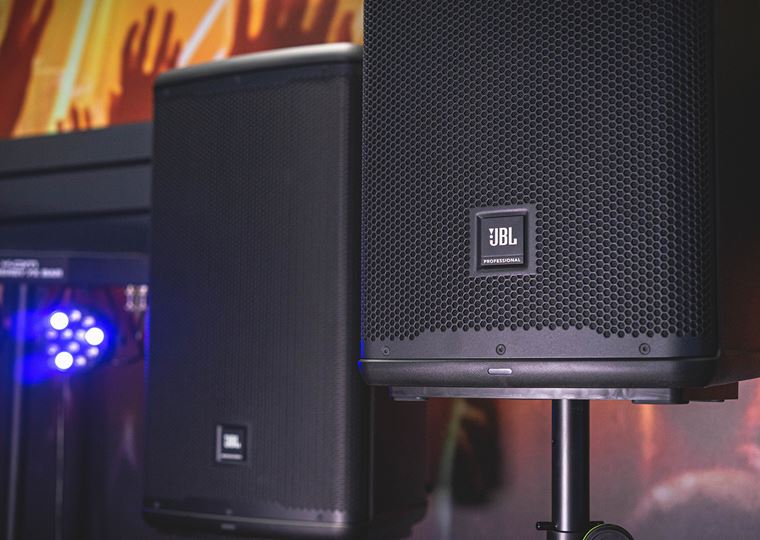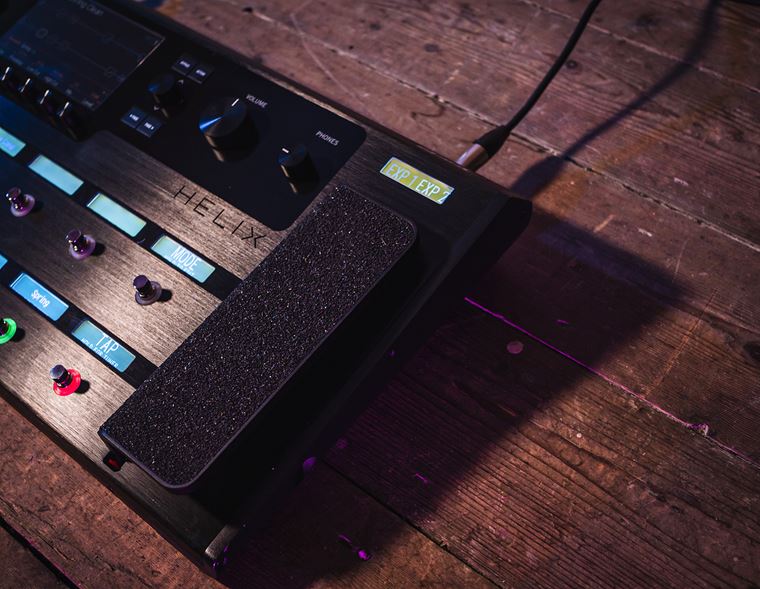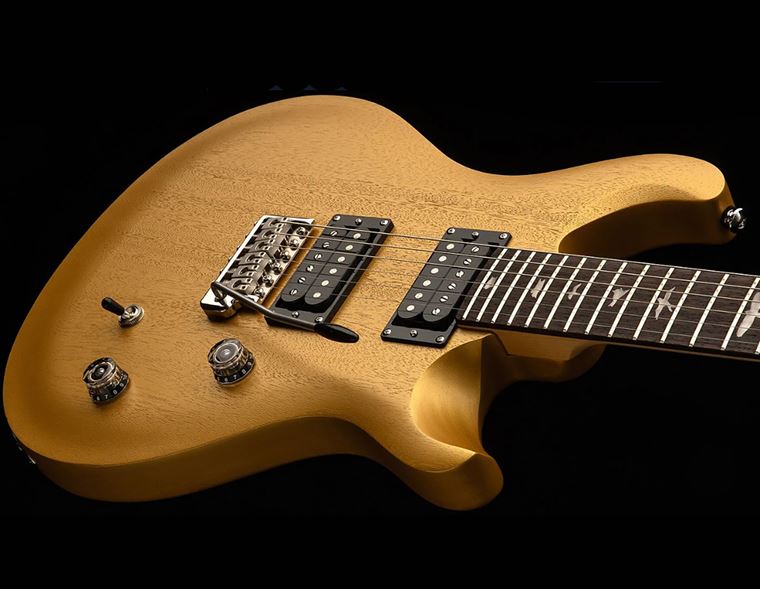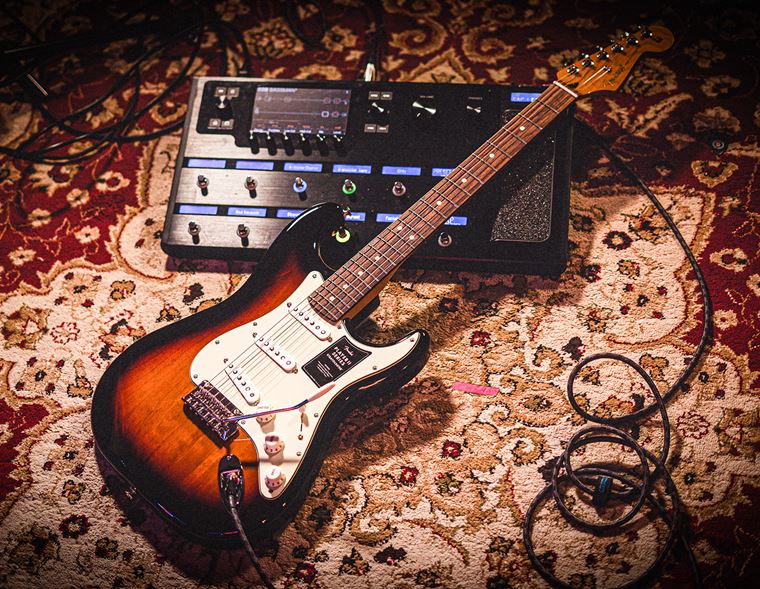Fender Colours and Finishes - The Ultimate Guide
Are you a fan of classic Fenders? If so, I’m thinking that those incredible colours must be part of the equation for you, right? Those wonderful surf-and-hotrod-influenced shades of paint that have added a lot to the romance of Fender’s output over the years. It’s definitely a large part of the appeal.
Today, I’d like to briefly skip through a little of that history, if you feel like joining me? I’ll go back to the fifties, check out where find got their inspiration, what paint was used, and I’ll touch on the topic of clear coat finishes too.
It goes without saying that I’ll litter this blog with pictures of insanely gorgeous Fenders too, ok?

Contents
What Type of Finish Does Fender Use?
What were the Original Fender Colours?
Custom Colours and the 1960 Colour Chart
Why Am I Writing This Blog?
First off, why indeed am I writing this particular blog? Well, it’s a mix of three things: a conversation I recently had; a very cool guitar I found online; and an overall celebration of Fender-related things that we’re conducting at guitarguitar as part of our 20th anniversary.
The cool guitar I found was a Jazzmaster from 1959, finished in Sparkle Surfburst, a colour I’d never seen before (and can’t show you here because I don’t own the image, so google it!).
The conversation was one I had with Justin Norvell, Executive Vice President of Products at Fender recently, (click that bold text for the video), discussing the Stratocaster on the occasion of its 70th birthday. Amongst other things, our talk took in the Fender colours from back in the day, separating fact from myth, and in doing so I learned that most of those myths are in fact true!
So without further ado, let’s get into this, eh?
What Type of Finish Does Fender Use?
This is a question that matters more to collectors than players, but there is an answer so you may as well know it!
On most production guitars up to a certain price point, Fender uses polyurethane lacquer. On top-priced guitars, Custom Shop instruments and certain retro-themed series, Fender will use nitrocellulose lacquer.
What’s the difference? Well, I wrote an entire blog on this subject, so head over to the Nitro vs Poly: Which is Best? blog if you want the full lowdown, but here are the Cliff notes:
- Nitrocellulose: a thin finish which is applied in successive light coats. Those coats take days to dry, so the process is long and therefore expensive. ‘Nitro’ actually forms a mixed bond with whatever it’s applied to, as opposed to laying on top on the surface. Nitro scratches easily and discolours with age. Also, it is considered to be pretty dangerous since it’s highly flammable.
- Polyurethane: very strong finish, highly scratch resistant (but it will still scratch, okay?), very resistant to colour fading, also very waterproof. ‘Poly’ is a tough chemical shell that, when fully dry, sits on top of your guitar’s finish and stops most things from getting in or out. Poly dries to the touch quickly, allowing coatings to be carried out quickly. Though still flammable, poly is more stable a compound than nitro, making it safer to handle.
On paper, it sounds like poly is by far the best bet for guitars, and that’s partly why the majority of today’s guitars are finished with a few coats of it. That said, the discolouring is a big part of the charm with nitro finishes, not to mention the comparatively ineffective protection it offers against dings and marks. Relic guitars basically need a nitro finish in order to look realistically aged, for example. For these reasons, Fender use nitro on appropriate guitars (retro/vintage models with a larger price tag, Custom Shop guitars) whilst most of the rest get a few good coats of polyurethane.
What were the Original Fender Colours?
Back at the beginning of time (or the early 50s, let’s say), Fender offered one colour and one colour only for the Broadcaster (later to be known as the Telecaster) and the Precision bass: Butterscotch Blonde. That blonde look prevails today in numerous ways (almost always with the accompanying ‘blackguard’ black pickguard), but back then, that was it. It was kind of a blonde take on Henry Ford’s ‘any colour you like as long as it’s black’ remark.
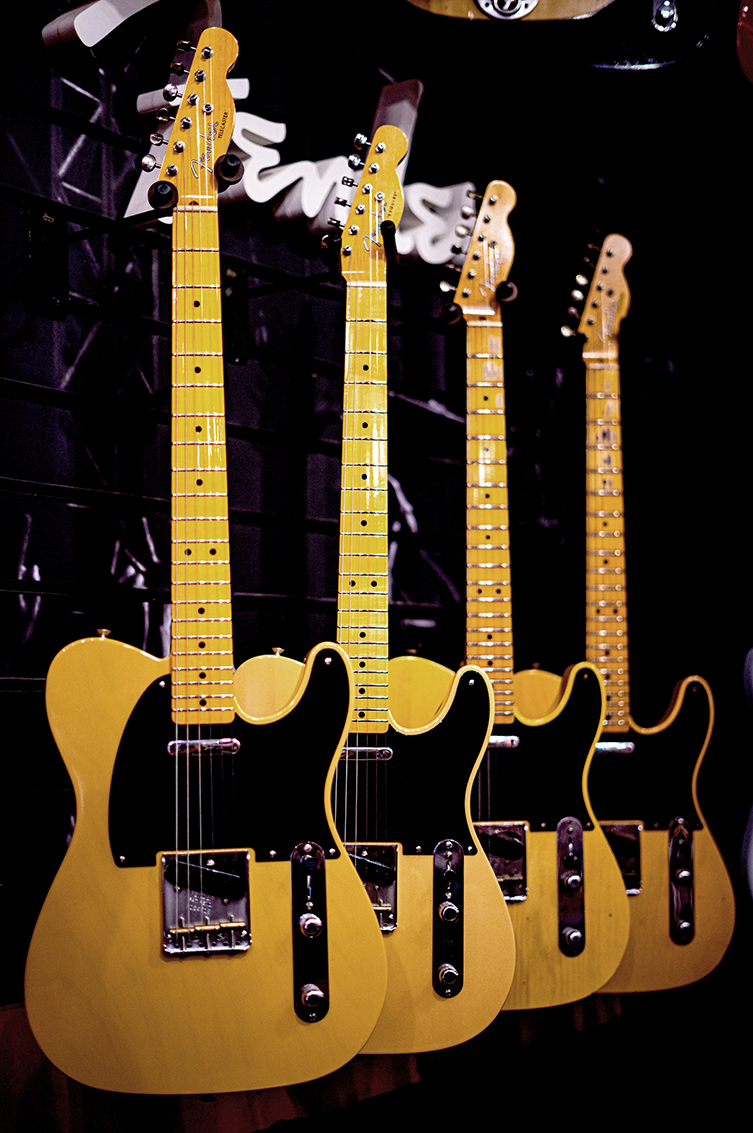
Sunburst followed later, and so the Stratocaster debuted in 1954 with what we’d now call Two Colour Sunburst, or Two Tone Sunburst. This colour was made up of a transparent amber over the entire body, then a spraying of black around the edges of the instrument.
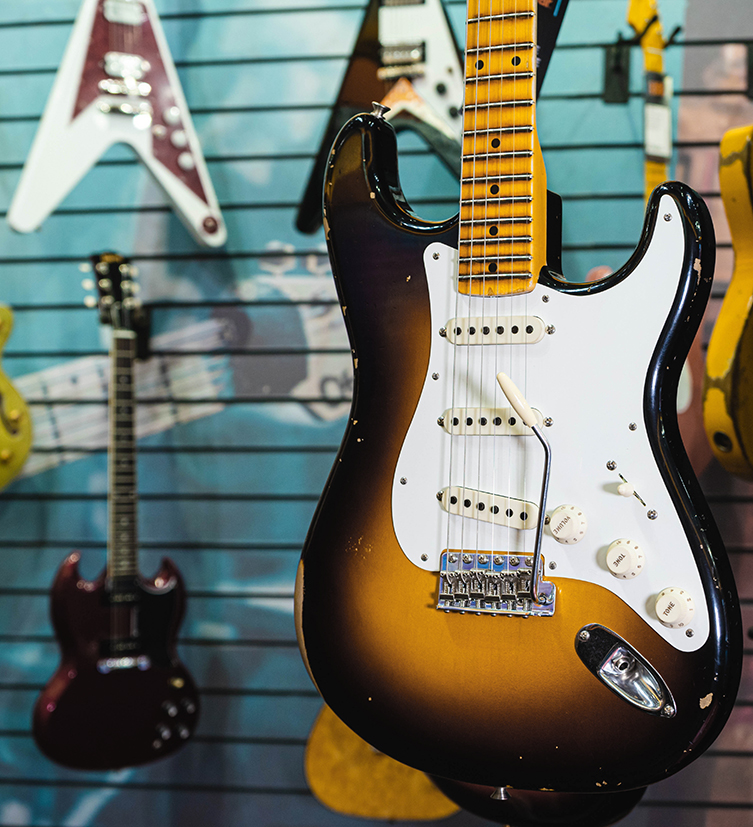
Three tone Sunburst came around a little later, in 1958. Basically, they added red in between the amber and black. Some talk about ‘chocolate brown’ being used, but I’m fairly certain that’s more a case of the nitro finish fading over the decades.
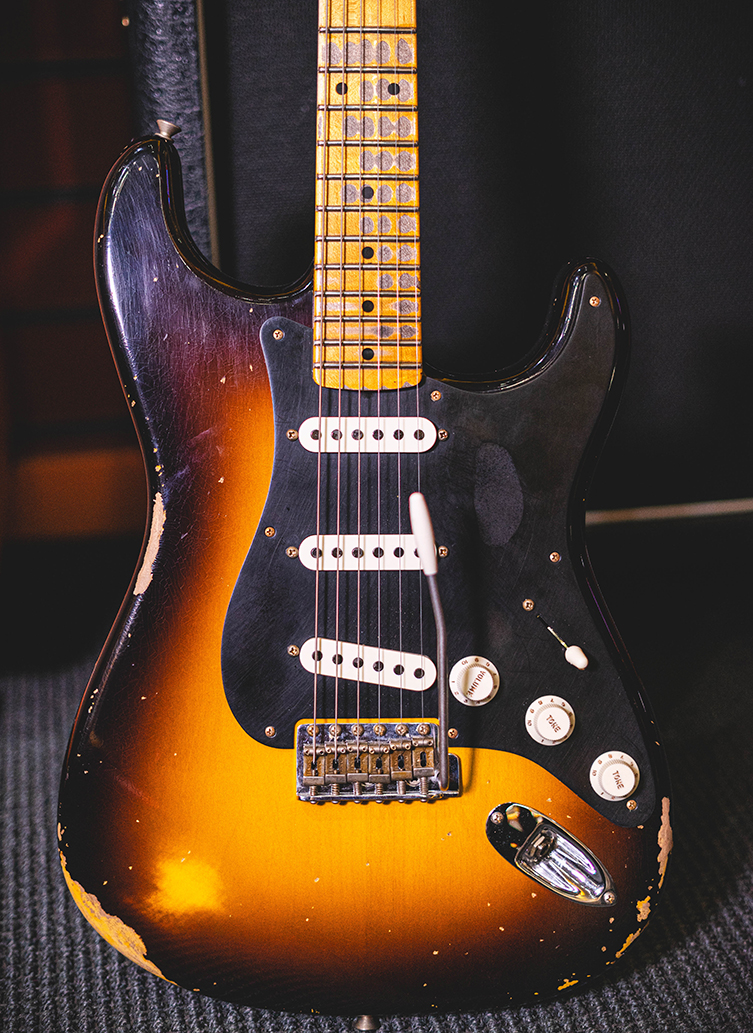
Custom Colours and the 1960 Colour Chart
One of the myths backed up as true in my conversation with Justin Norvell was the one about the custom colours. It goes like this:
Fender initially sprayed all of their guitars Sunburst as a matter of course. When an order came in for a custom colour - something that I don’t believe was openly advertised for a number of years - the builders would grab a Sunburst body and literally spray over it with a can of whichever colour was desired by the customer. These colours were literally DuPont car paint cans, and so the romantic link between fifties cadillac hotrods and Fender guitars is a matter of fact in this respect.
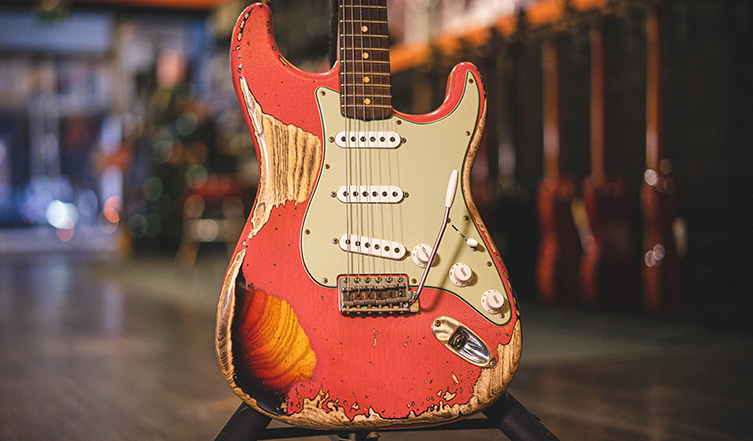
These days, Fender’s Custom Shop nods a little towards this trend with some of their guitar,s which are ‘oversprayed’ in this manner and then relic’d in order to show off the first coat of colour underneath.
In 1960, things were made a little more exciting for everybody. Fender released their first colour chart, which contained 14 colours, all of which are - remarkably enough - still in use today in various Fender guises. For fun, I’ll list the colours here alongside a picture of a guitar in that colour, since that’s a bit more interesting than a page of colour swatches!
Lake Placid Blue
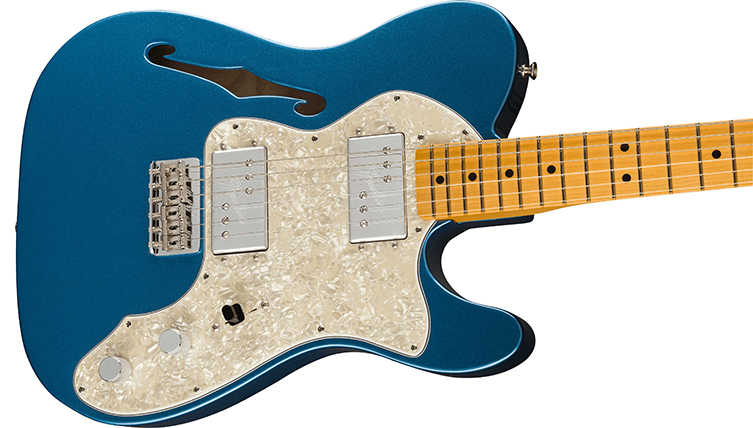
Daphne Blue
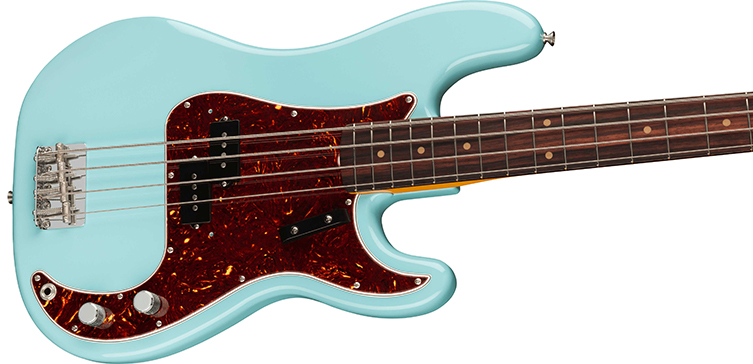
Sonic Blue

Shoreline Gold

Olympic White
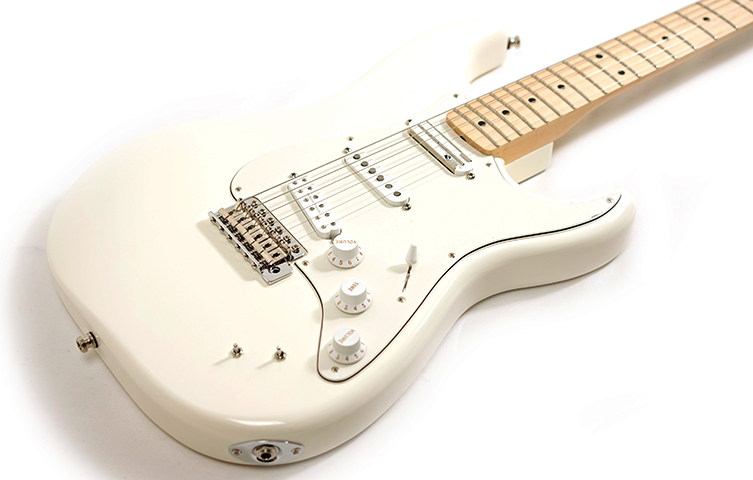
Burgundy Mist

Black

Sherwood Green
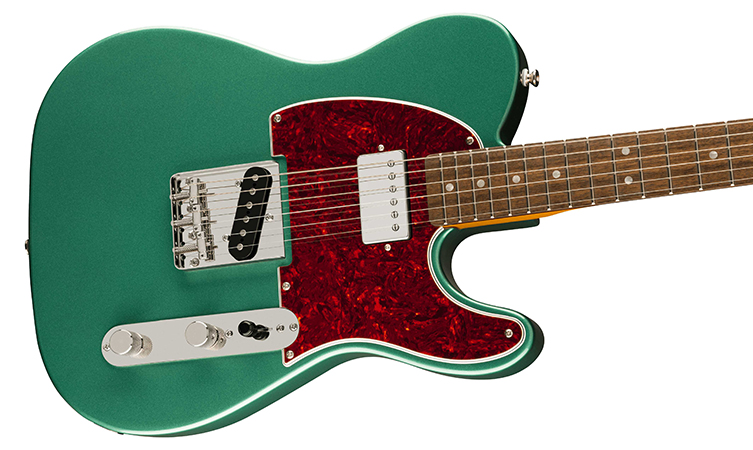
Foam Green (interestingly, not Seafoam Green at this point)
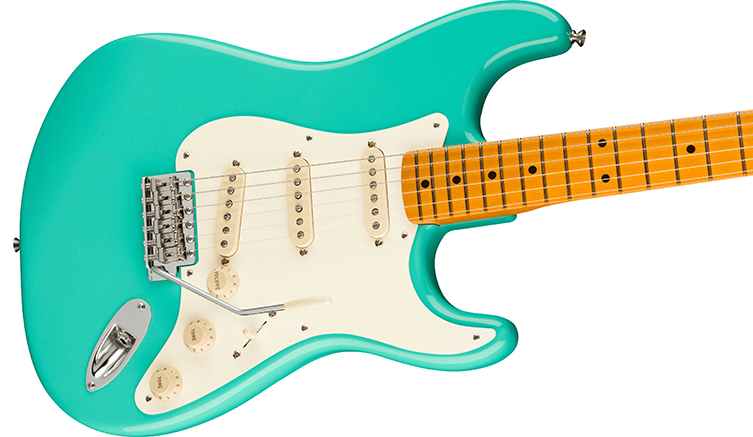
Surf Green

Inca Silver

Fiesta Red
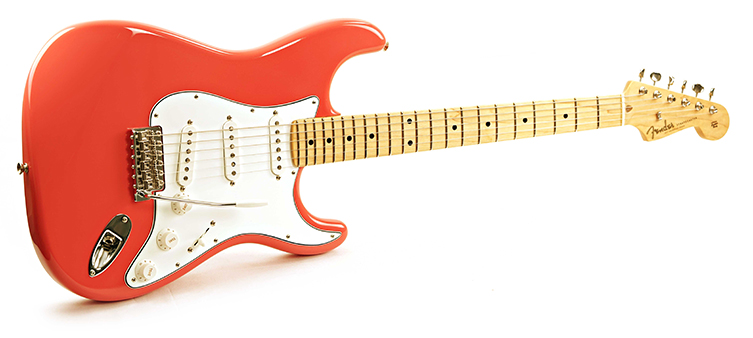
Dakota Red
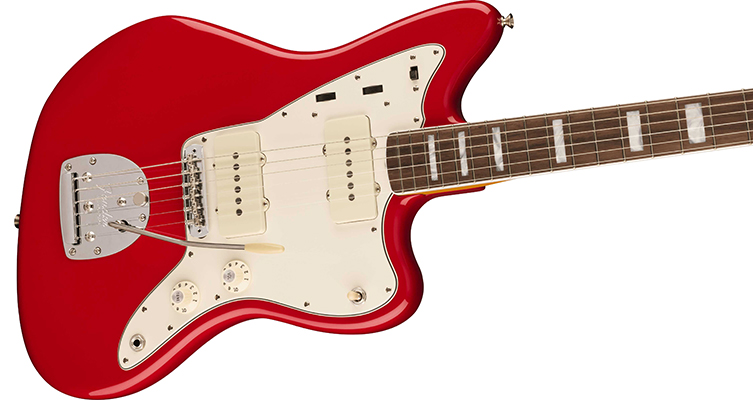
Shell Pink
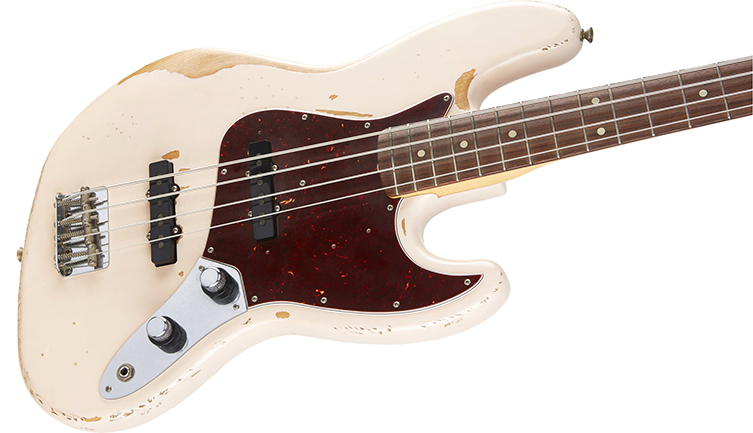
Now, those pictures were not of vintage guitars, but they were all Fenders, and the colours should be pretty close in most cases to how they were back in the 60s.
Sparkle Finishes
You might recall that part of my prompting for this article was finding a very cool sparkle finish that I’d never seen before, from back in 1959. What’s the story with Sparkle finishes, then?
Well, they were also car colours, just as the paints from the 1960 colour chart were. Some of those Fendercolours we just saw were, as you know, metallic in nature (Inca silver, Shoreline gold), but having a metal pigment isn’t the same as having full on metal flakes in a paint tin! Sparkle finishes are much more obvious in their flash-factor.
In the early days (first authenticated reports would say 1955), Fender didn’t even do this job themselves. The simple fact was that their paint guns were the wrong type to handle the heavier, denser metal flake paint, and so the company outsourced any custom requests to local automotive businesses. Car companies were better equipped to do the work since that’s where all of those amazing sparkle finishes originated in the first place. Cars were in the culture of the time: in songs, in movies… and their metal flake colours were the obvious choice for guitars. By 1966, Fender had upped their game and could handle such colours in-house, but that might explain why so many sparkle finishes are entirety separate colours to Fender’s Custom Colour chart.

I still love that Sparkle Surfburst though!
Fender Today
These days - as fender as Fenders go at least - we live in a world that has a foot in the future and the other in the past. Legacy is huge for Fender, due to all of the romance of the culture I mentioned earlier, but also Artist association. As a result, a great deal of the colurs offered harken back to the DuPont car colours of the 50s and 60s: I bet you weren’t at all surprised to recognise so many of the colours from earlier on, were you? But the other side to this is modern day finishes such as Miami Blue and Dark Night. These are actually amongst Fender’s biggest sellers, which is a pleasant surprise in a world where new things have a difficult time taking hold on the culture.
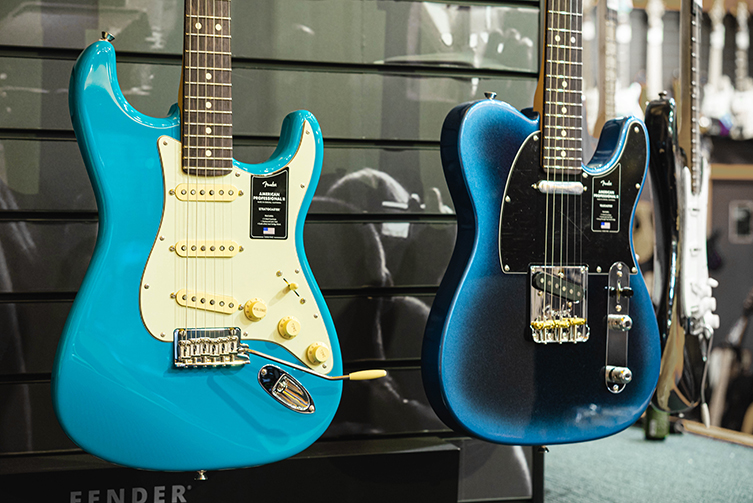
Still, Fender and their Custom Shop are quite particular custodians of their heritage, so if you’re looking for a gold sparkle like Dick Dale’s famous surf Strat The Beast, I’m sure you’ll be able to get exactly that, and every other amazing Fender colour under the sun.
It’s just a matter of deciding which colour you like the best!
Click to View Everything Fender




